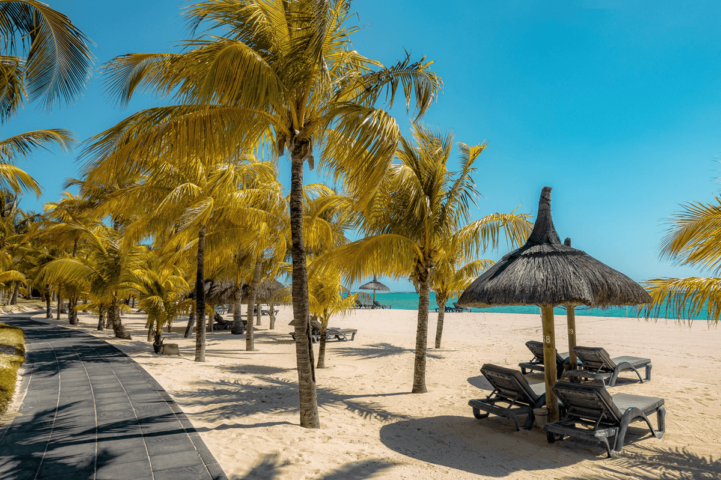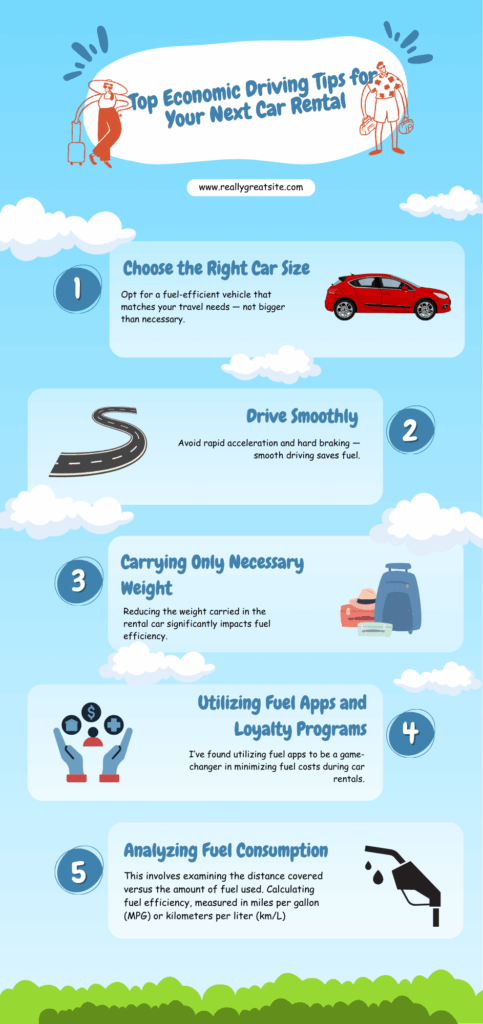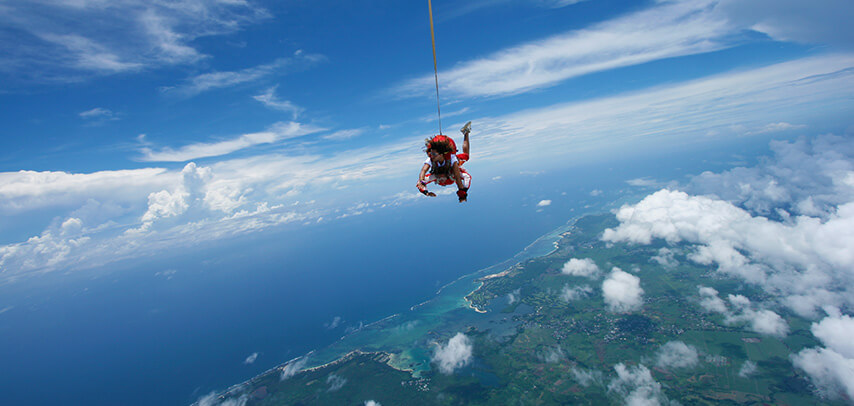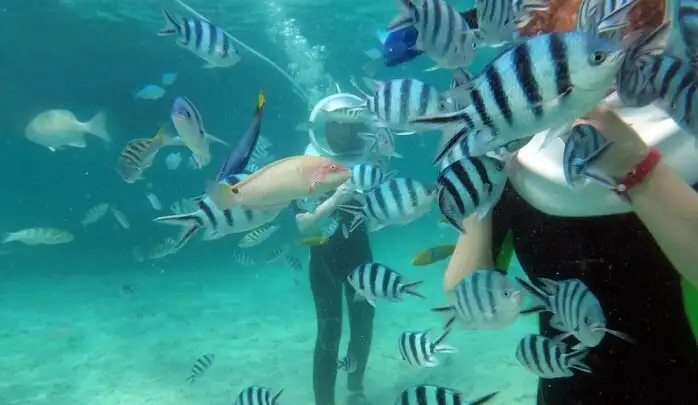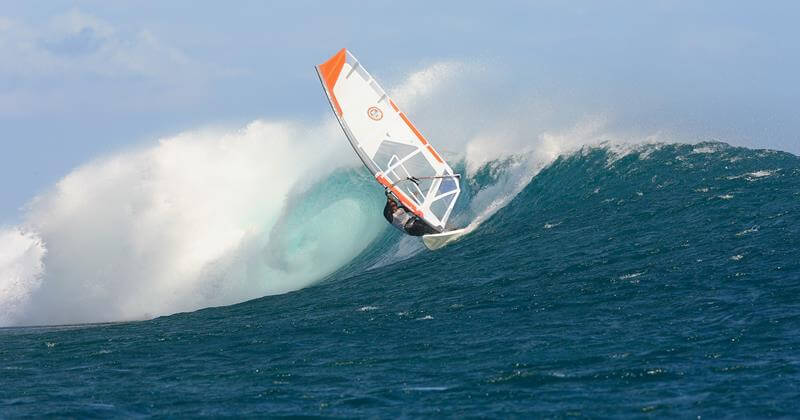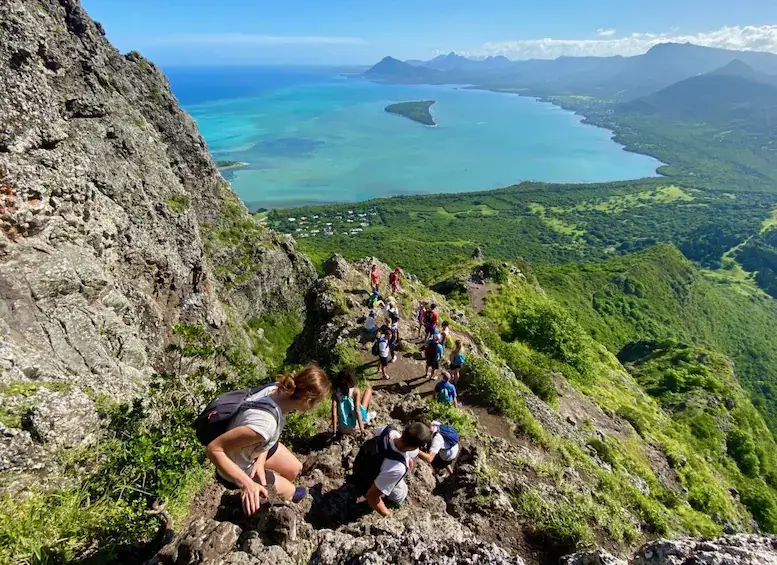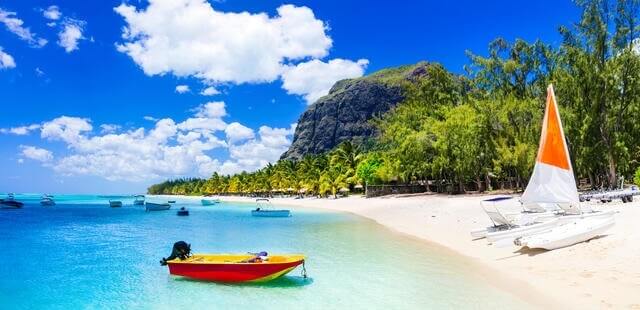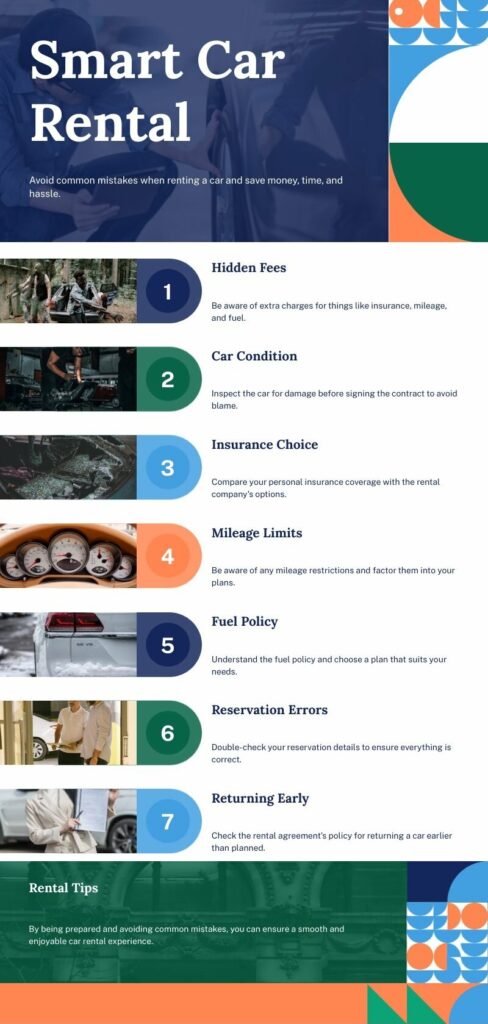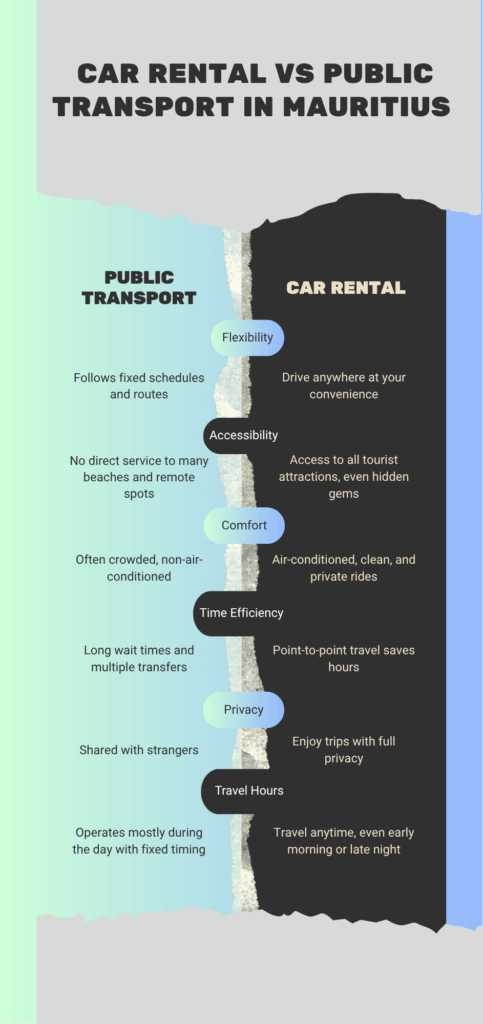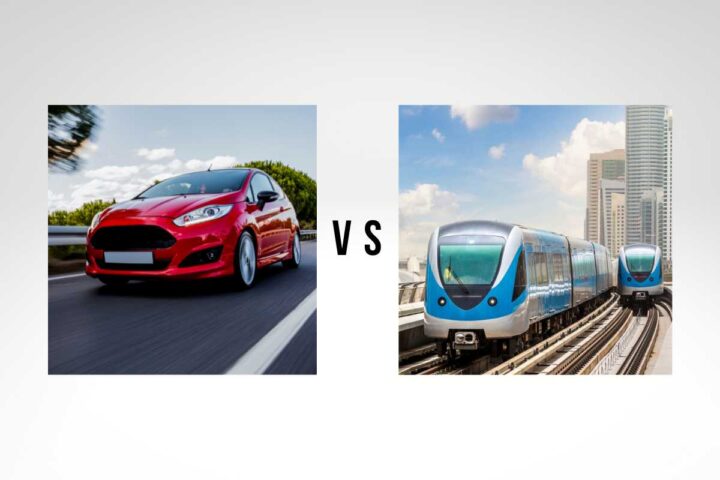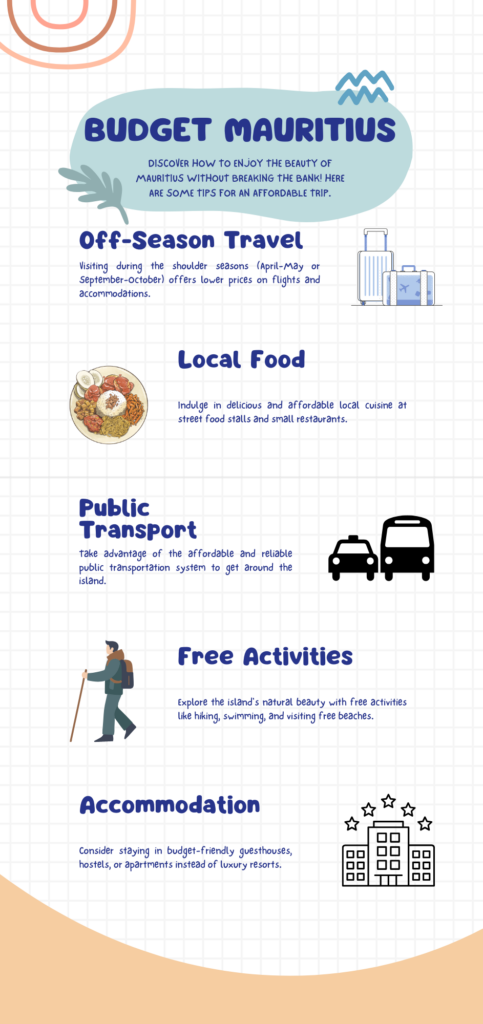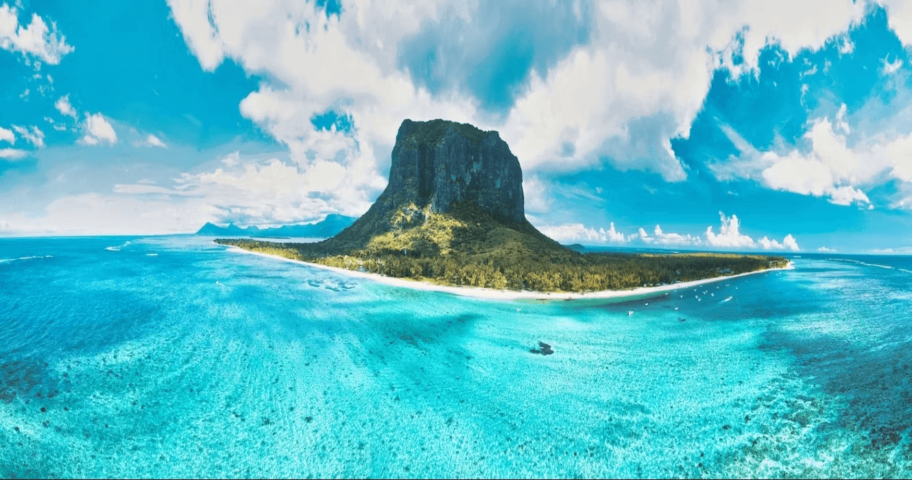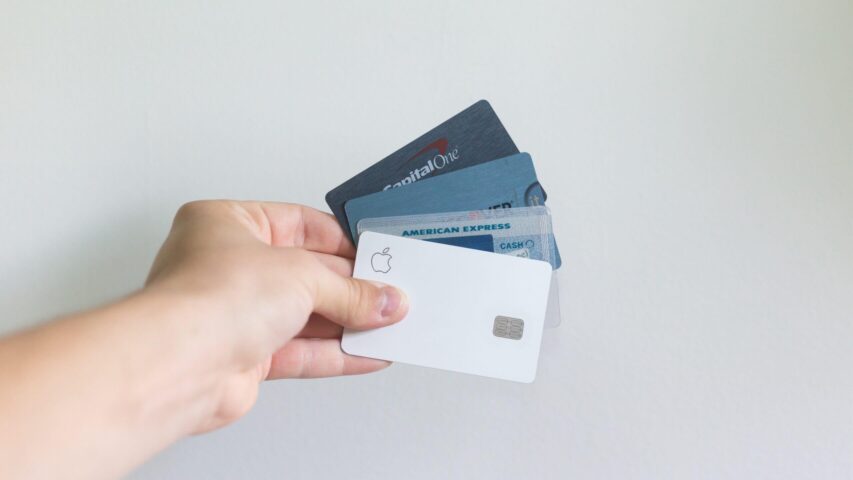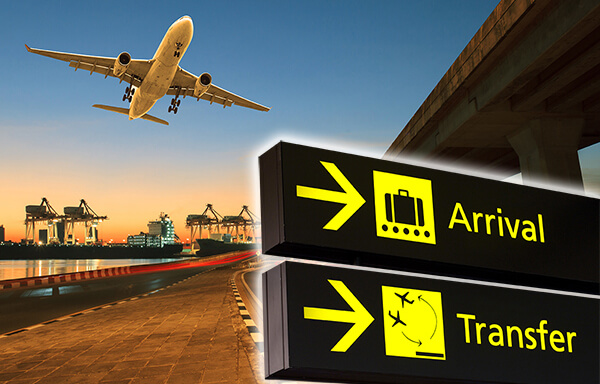Mauritius, a jewel in the Indian Ocean, is synonymous with postcard-perfect beaches, crystal-clear waters, and lush landscapes. As a seasoned traveler, I've explored corners of the globe where the sun meets the sea; however, nothing quite compares to the enchanting shores of this island. From hidden gems tucked away from the crowds to popular spots buzzing with life, Mauritius offers a beach for every type of traveler.
In my quest to uncover the best of the best, I've compiled a list of the top 10 beaches in Mauritius. These are places where the sand is powdery white, the water a mesmerizing shade of blue, and the vibes absolutely unmatched. Whether you're a solitude seeker or a social butterfly, get ready to discover your slice of paradise on this stunning island.
Unveiling Mauritius' Coastal Charm
Mauritius, a treasure trove of coastal beauty, gifts visitors with beaches that are nothing short of paradise. Having journeyed across this splendid island, I'm eager to share insights into its coastal marvels. Each shore I visited offered a unique blend of serenity and activity, making it a haven for every kind of beach enthusiast. Let's dive deeper into the details, unveiling some of Mauritius' most enchanting spots that have captivated my heart and are sure to enchant yours too.
Secluded Spots
Among the myriad of beaches, Trou d'Eau Douce stands out for its tranquil atmosphere. Here, the soft whisper of the ocean and the gentle rustling of leaves create a harmony that lulls you into relaxation. Another hidden gem is Poste Lafayette. Located on the island's eastern coast, this spot mesmerizes with its vivid turquoise waters contrasting against the lush green backdrop. These beaches are ideal for those in search of solitude amidst nature’s pristine beauty.
Bustling Beaches
Grand Baie and Flic en Flac, on the other hand, pulse with life. Grand Baie, a hub for water sports enthusiasts and night owls alike, boasts crystal-clear waters and an impressive selection of shops and eateries. Flic en Flac, renowned for its stunning sunset views, offers a lively atmosphere with beachside restaurants playing local Sega music. These spots are perfect for travelers looking to soak up Mauritius' vibrant culture and indulge in water activities.
Family-Friendly Shores
For families, Mont Choisy and Pereybere are unparalleled. Mont Choisy, with its long stretch of sand and calm waters, is ideal for lounging and water sports. Pereybere, though smaller, offers crystal-clear waters and is a favorite among locals and tourists for its charm and warmth. Both beaches provide safe swimming conditions for children, making them excellent choices for family outings.
Mauritius' beaches, whether secluded paradises or bustling hubs, promise unforgettable experiences. Each visit unveils new facets of the island's coastal charm, urging one to explore further and deeper. I’ve found my slice of paradise here, and I'm confident you will too.
Below are the top 10 Best Beaches in Mauritius to explore
Mauritius, famed for its idyllic beaches and vibrant coastal life, offers destinations that cater to every taste, from the bustling nightlife enthusiast to the quiet nature lover. Here's my curated list of the top 10 best beaches in Mauritius, spanning hidden gems and popular spots alike.
1. Grand Baie: The Heart of Mauritius Nightlife
Grand Baie isn't just a beach; it's the pulsating heart of Mauritius' nightlife. Dotted with an array of bars, nightclubs, and beachfront cafes, it presents a lively coastal experience that extends well beyond sunbathing and swimming. The clear turquoise waters and ample opportunities for water sports like windsurfing and sailing make Grand Baie a must-visit for anyone looking to combine daytime beach relaxation with an exhilarating night scene.
2. Belle Mare Plage: Pristine Waters and Luxurious Resorts
Belle Mare Plage stands out for its miles of pristine white sand and crystal-clear waters, making it a slice of paradise for beach connoisseurs. Luxurious resorts lining the beach ensure that visitors can enjoy high-end amenities with stunning ocean views. It's an ideal spot for those seeking tranquility and comfort, offering a perfect backdrop for sunrise views that are simply unmatched.
3. Flic en Flac: Perfect for Families and Snorkeling
The welcoming shores of Flic en Flac make it a premier destination for families. With its long stretch of sandy beaches and a protective coral reef creating calm waters, it's not only safe for children but also offers excellent conditions for snorkeling enthusiasts. The vibrant coral and marine life present just a few meters from the shore provide a mesmerizing underwater experience.
4. Pereybère: The Local Favorite
Nestled between Grand Baie and Cap Malheureux, Pereybère is a much-loved spot among locals. Its deep and clear waters, coupled with fine sand, make this compact beach a hidden gem for those looking to escape the more crowded spots. Friendly street food vendors and the proximity to local amenities add to its charm, ensuring a genuine Mauritian beach experience.
5. Le Morne: Where History Meets Scenic Views
Le Morne, with its iconic mountain backdrop, offers more than just breathtaking scenery. It's a place steeped in history, symbolizing freedom and resistance. The beach itself boasts powdery white sands and crystal-clear waters, ideal for kite surfing due to its strong winds. It's a spot where natural beauty and historical significance create a profoundly moving experience.
6. Tamarin Bay: Best for Surfing Enthusiasts
Known for its salt pans and as a dolphin-watching spot, Tamarin Bay is also the go-to destination for surfing in Mauritius. The beach's unique wind conditions and waves make it suitable for surfers of all levels. While not as crowded as other beaches, it offers a laid-back vibe and stunning sunsets, providing a serene escape for surfers and non-surfers alike.
7. Mont Choisy: The Longest Beach on the Island
Stretching over 3 kilometers, Mont Choisy is the longest beach in Mauritius, boasting a sheltered turquoise bay fringed by casuarina trees. Its sheer size ensures that, despite its popularity, there's always a quiet spot to be found. It's an ideal setting for long beach walks, horseback riding at sunset, and enjoying picnics under the shade of trees.
8. Blue Bay Beach: A Marine Park with Rich Biodiversity
Blue Bay Beach is not only striking for its vivid blue waters but also as the gateway to the Blue Bay Marine Park, renowned for its rich biodiversity. Snorkelers and divers here are treated to a vibrant underwater world teeming with life, including rare corals and a plethora of tropical fish species. It's an extraordinary spot for those looking to explore the wonders beneath the surface.
9. Anse La Raie: Peaceful and Windy Haven
For visitors seeking solitude and a spot favored by windsurfers and kite surfers, Anse La Raie is the answer. Its gusty conditions and peaceful environment make it an excellent location for those looking to harness the wind or simply enjoy a quiet day by the sea, away from the tourist throngs.
10. Trou aux Beaches: Ideal for a Quieter Retreat
Lastly, Trou aux Biches is synonymous with tranquility. Known for its sheltered bay, calm waters, and coral reef, it's perfect for swimming and snorkeling. This beach is particularly appealing for couples and families in search of a quieter retreat, offering stunning sunsets and a relaxed atmosphere devoid of the hustle and bustle found at other beaches.
Mauritius delights with its vast array of beaches, each offering a unique allure. From rich biodiversity and engaging water sports to serene landscapes and historical depth, these top 10 beaches promise memorable experiences for every visitor.
Hidden Gems of Mauritius' Shores
Mauritius, an island renowned for its stunning coastal beauty, is home to numerous well-loved beaches. Yet, beyond the popular hotspots like Grand Baie and Belle Mare Plage, lies a world of lesser-known treasures. My exploration focuses on these hidden gems, offering a glimpse into the secluded and tranquil shores that promise a unique beach experience.
Exploring Less-Traveled Beaches in Mauritius
My journey through Mauritius’ less-traveled beaches uncovers spots where the sands whisper untold stories, and the waves hum in serene solitude. Each beach, distinct in its beauty and ambiance, invites visitors to a part of Mauritius that remains largely uncharted.
- Pointe d'Esny Beach: Lying on the southeast coast, this beach offers clear, turquoise waters ideal for snorkeling and a pristine stretch of white sand seldom crowded. Its coral garden, teeming with marine life, makes it a snorkeler's paradise.
- Le Bouchon Beach: This beach reveals a rugged side of Mauritius' beauty. Its strong waves and untamed surroundings appeal to those seeking solitude and adventure. The drive there is equally breathtaking, presenting rustic scenes of the island's landscape.
- St. Felix Beach: On the southern tip, St. Felix Beach boasts sweeping views and crystal-clear waters. Here, the tranquility is profound, with only the sound of the waves to accompany one's thoughts. It's a perfect retreat for meditative solitude or a peaceful day out in the sun.
- Cap Malheureux: Known for its iconic red-roofed church, the beach at Cap Malheureux offers serene waters and a picturesque view of the northern islands. It’s a quieter alternative, ideal for watching sunsets that paint the sky in vibrant hues.
- Gris Gris Beach: At the island's southernmost point, Gris Gris Beach presents a dramatic scene with its cliffs and powerful waves crashing against them. The area offers a spectacular view of nature's force, providing a unique backdrop for contemplation and photography.
These beaches represent just a fraction of the hidden jewels in Mauritius’ coastal crown. Each visit provides a serene escape, far from the crowds, into the island's natural magnificence. Whether it's for the quietude, the breathtaking scenery, or the need to explore beyond the conventional, Mauritius' lesser-known shores never cease to amaze.
When to Visit These Tropical Paradises
Determining the best time to explore the idyllic beaches of Mauritius hinges on weather preferences and the type of experience sought. My research and experience highlight that the prime months for beach visits fall within two main periods: May to December for cooler, dry weather, and January to April for warmer, more humid conditions.
May to December: Ideal for Outdoor Activities
Visiting from May to December, I find, offers the most pleasant weather conditions for a broad range of outdoor activities. The average temperature during these months remains around a comfortable 20°C to 28°C (68°F to 82°F), creating optimal conditions for snorkeling in Pointe d'Esny, hiking near Le Bouchon, or simply lounging on the serene beaches of St. Felix. This period sees less rainfall, resulting in clearer waters which enhance the snorkeling and diving experiences at these coastal gems.
January to April: Warm Beach Days
For those who prefer warmer beach days, January to April presents higher temperatures, averaging 25°C to 33°C (77°F to 91°F). This period, despite being more humid, offers bright sunny days perfect for soaking up the sun on the golden sands of Belle Mare Plage or experiencing the vibrant nightlife of Grand Baie. It's also the time when the sea maintains a soothing temperature, inviting endless swimming and water sports activities. However, it's crucial to be mindful of occasional rains and cyclones, particularly in February and March, which can offer a different adventure in itself.
Given this climate framework, timing your visit correctly can significantly enhance your experience of Mauritius' top beaches - whether it's the popular spots like Grand Baie and Belle Mare Plage or hidden gems such as Le Bouchon and Gris Gris. My advice: choose your visit based on the activities you're most interested in and the weather conditions that suit you best.
Activities to Enjoy on Mauritius Beaches
Exploring Mauritius' pristine beaches, I've found that the island offers more than just picturesque views and tranquil waters. The diverse activities available cater to every type of traveler, whether you're seeking adrenaline-filled adventures or a peaceful retreat. From water sports and diving to cultural tours, there's something for everyone.
Water Sports and Diving Spots
Mauritius, with its crystal-clear waters and vibrant marine life, is a haven for water sports enthusiasts and divers. Activities like windsurfing, kite surfing, and paddleboarding are widely available, especially at popular spots like Grand Baie and Le Morne. These areas provide ideal conditions for both beginners and experienced adventurers, given their consistent winds and wide, shallow bays.
Diving is another activity that attracts visitors from around the globe. With numerous diving spots scattered around the island, Mauritius presents a world of underwater wonders waiting to be explored. Sites like the Cathedral off Flic en Flac and the Blue Bay Marine Park offer divers the chance to immerse themselves in breathtaking underwater landscapes, teeming with diverse marine life and mesmerizing coral gardens.
Beachside Relaxation and Spa Treatments
For those seeking a more serene experience, Mauritius' beaches provide the perfect backdrop for relaxation and rejuvenation. Many resorts and spas along the coast, such as those near Belle Mare Plage, offer luxurious treatments that blend local traditions with modern wellness practices. Imagine enjoying a relaxing massage to the soothing sounds of the ocean or participating in a beachfront yoga session at sunrise. These activities not only soothe the body but also the mind, making for an unforgettable holistic well-being experience.
Cultural Tours and Local Cuisine
Mauritius is not just about its enchanting beaches; it's also rich in culture and history. Taking a cultural tour can unveil the island's vibrant past and present. From the lively streets of Port Louis to the sacred Lake Grand Bassin, every location narrates a story that's deeply entwined with the island's diverse heritage.
Food in Mauritius is another aspect that reflects this cultural diversity. Sampling local cuisine is a must-do activity, with Creole dishes, Indian curries, and Chinese delicacies offering a taste of the island's melting pot of cultures. Markets such as the Flacq Market provide a unique opportunity to try local fruits, street food, and delicacies, allowing visitors to immerse themselves in the flavors and aromas of Mauritian cuisine.
Mauritius beaches serve as gateways to a world of experiences. Whether diving into the depths of the ocean, relaxing under the sun, or exploring the island’s rich culture, there's an activity for every traveler, ensuring a memorable stay on this beautiful island.
Sustainable Tourism and Beach Preservation
Sustainable tourism is a concept that I find particularly important, especially when it comes to preserving the pristine beauty of Mauritius' beaches. It's about striking a balance, ensuring that we, as visitors, leave minimal environmental footprints while enjoying the unique landscapes and vibrant marine life the island has to offer. In this regard, Mauritius has implemented several initiatives aimed at beach preservation and the promotion of eco-friendly practices among tourists and local communities.
Eco-Friendly Practices for Visitors
Encouraging eco-friendly practices among visitors plays a crucial role in beach preservation. I've observed that simple actions can make a big difference. For instance, using reef-safe sunscreen helps protect marine life, while bringing reusable water bottles and bags reduces plastic waste on the beaches. Visitors are also encouraged to participate in clean-up activities, setting a positive example of responsible tourism.
Community Involvement in Conservation Efforts
Local communities are at the heart of conservation efforts in Mauritius. They're deeply involved in projects that aim to protect their environment and ensure sustainable development. From the restoration of coral reefs to the protection of endangered species like the Mauritian kestrel, community-led initiatives are pivotal. Engaging with these communities, tourists can learn about the importance of preserving natural habitats and even take part in conservation activities.
Supporting Eco-Friendly Businesses
Supporting businesses that prioritize sustainability is another effective way to contribute to beach preservation while enjoying Mauritius. Many local enterprises offer eco-friendly accommodations, tours, and activities that respect the environment. By choosing these options, tourists not only enjoy a more authentic experience but also help promote sustainable practices within the tourism industry.
Through these efforts, Mauritius is paving the way for a sustainable future, ensuring that its beaches remain among the world's best for generations to come. As a traveler passionate about preserving the natural beauty of destinations like Mauritius, it's inspiring to see such commitment to environmental protection.
Planning Your Trip to Mauritius
Exploring Mauritius and its fascinating beaches requires thoughtful preparation to ensure a seamless and enjoyable experience. From packing the right essentials to understanding local customs and sustainable tourism practices, I'll guide you through the key elements for planning your trip to this island paradise.
Essentials for a Hassle-Free Beach Holiday
When I pack for a beach holiday in Mauritius, I focus on bringing items that enhance my comfort without burdening my luggage. Lightweight, breathable clothing is a must, considering the island's tropical climate. I always include plenty of sunscreens with high SPF, a broad-brimmed hat, and sunglasses to protect against the intense sun.
For those long days on the sand and in the sea, a reusable water bottle is essential. It keeps me hydrated and supports Mauritius's efforts in reducing plastic waste. I also bring along a good quality snorkeling set. With many of Mauritius's beaches, like Pointe d'Esny, offering spectacular underwater worlds, having my gear means I'm always ready for an impromptu snorkeling adventure.
Considering the island's focus on sustainable tourism, I pack eco-friendly beachwear and accessories. Options like biodegradable sunscreens and towels made from sustainable materials not only lessen my environmental impact but also align with the local conservation efforts.
Lastly, a portable charger ensures my phone is always ready to capture Mauritius's beauty, from the dramatic cliffs of Gris Gris to the picturesque sunsets at Cap Malheureux. With these essentials, I'm well-prepared to enjoy Mauritius's beaches responsibly and comfortably.
Conclusion
Venturing into Mauritius' stunning beaches has been an enlightening journey. From the vibrant shores of Grand Baie to the untouched beauty of Gris Gris, each spot holds its unique charm. I've been particularly moved by the island's commitment to sustainable tourism. It's clear that preserving these natural wonders is a priority, which resonates deeply with me. Planning a trip with sustainability in mind, from choosing eco-friendly beachwear to supporting local conservation efforts, not only enhances the experience but also contributes to the preservation of these idyllic settings. Whether you are after luxury, tranquility, or adventure, Mauritius' beaches offer something for everyone. Remember to pack responsibly and embrace the island's beauty with a mindful approach. Here's to unforgettable beach holidays that leave a positive impact!

